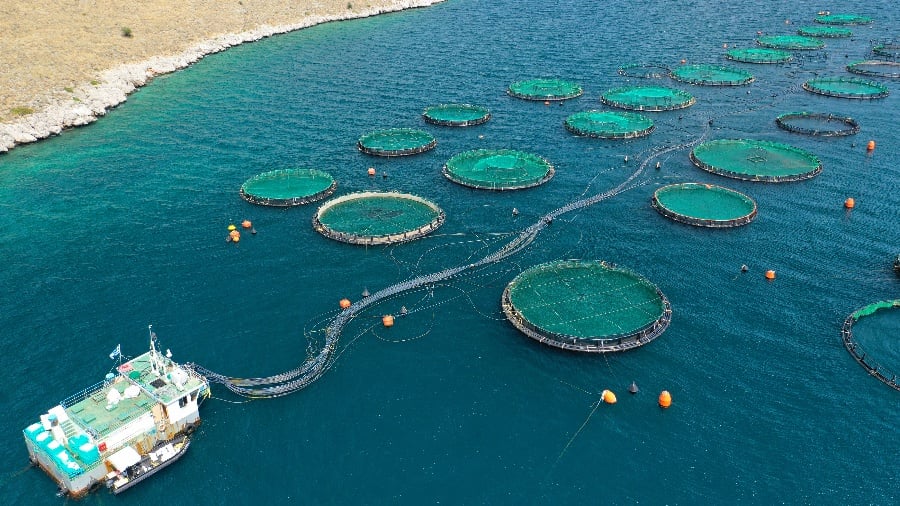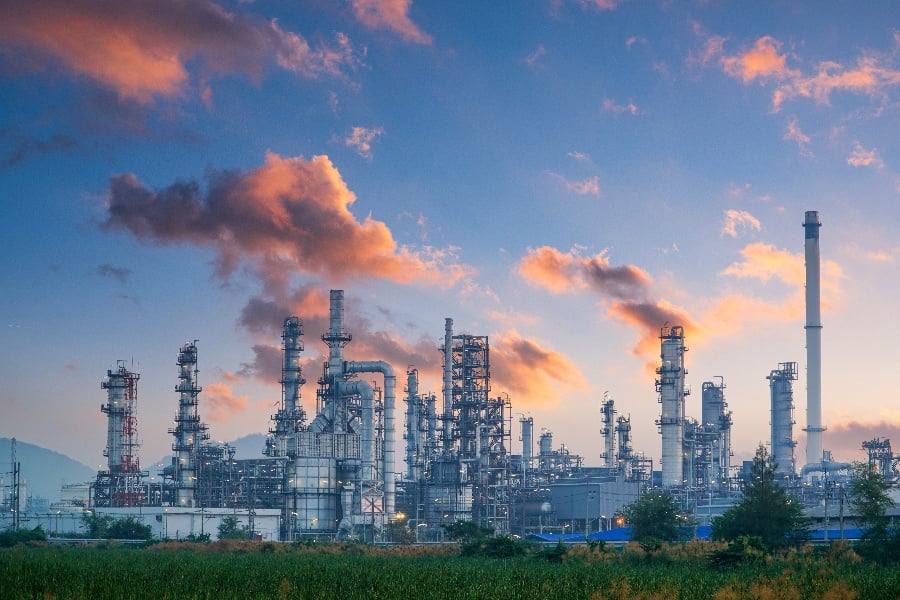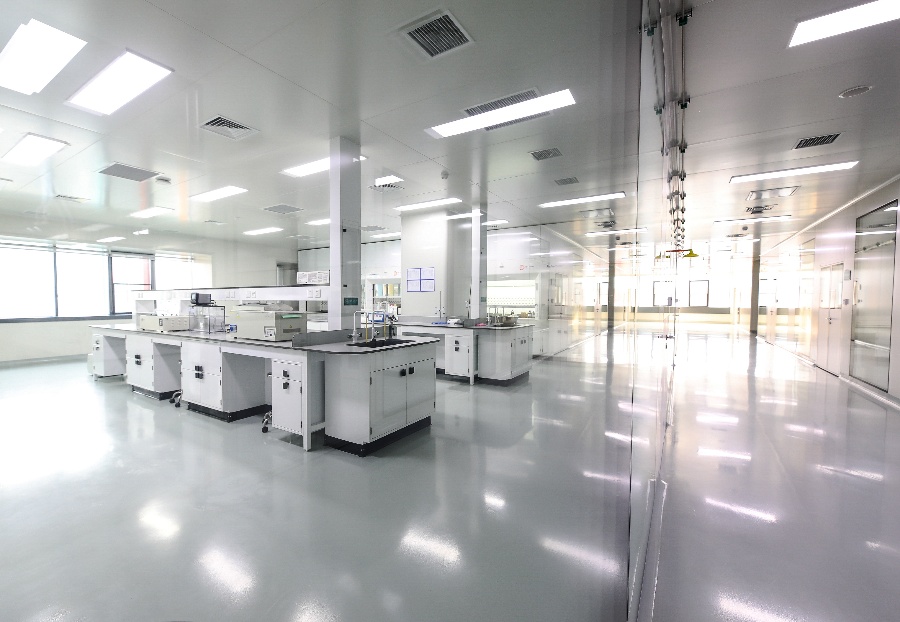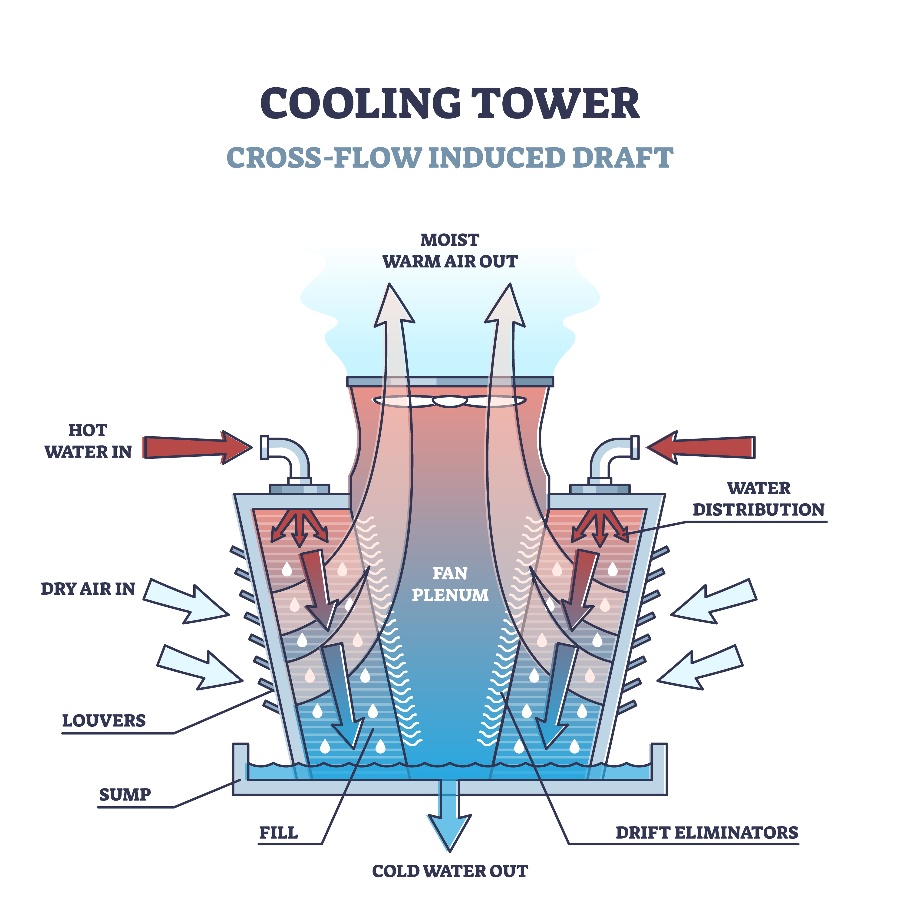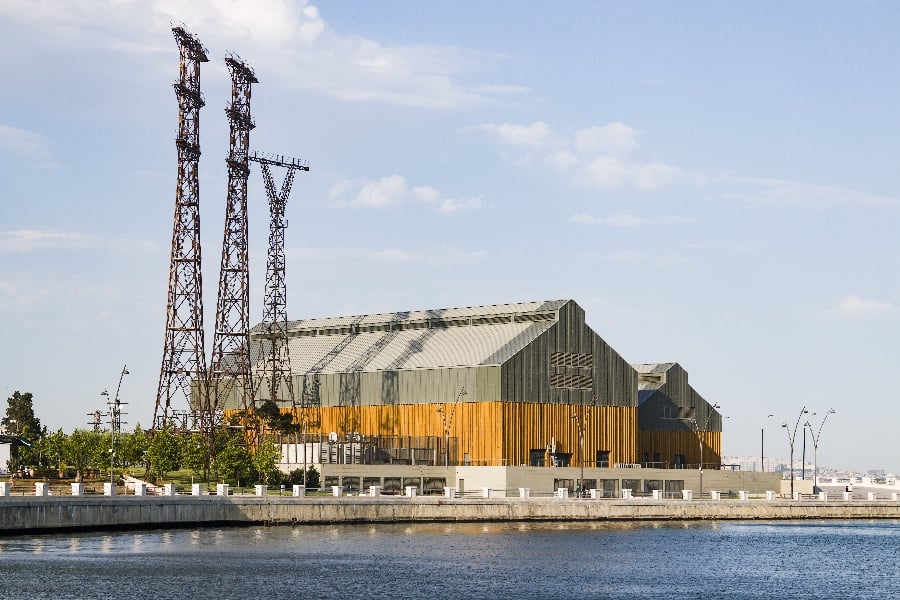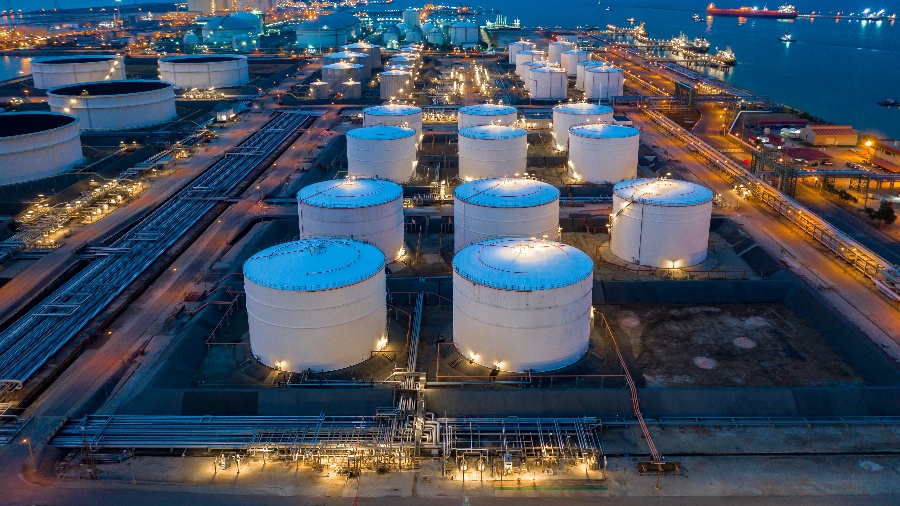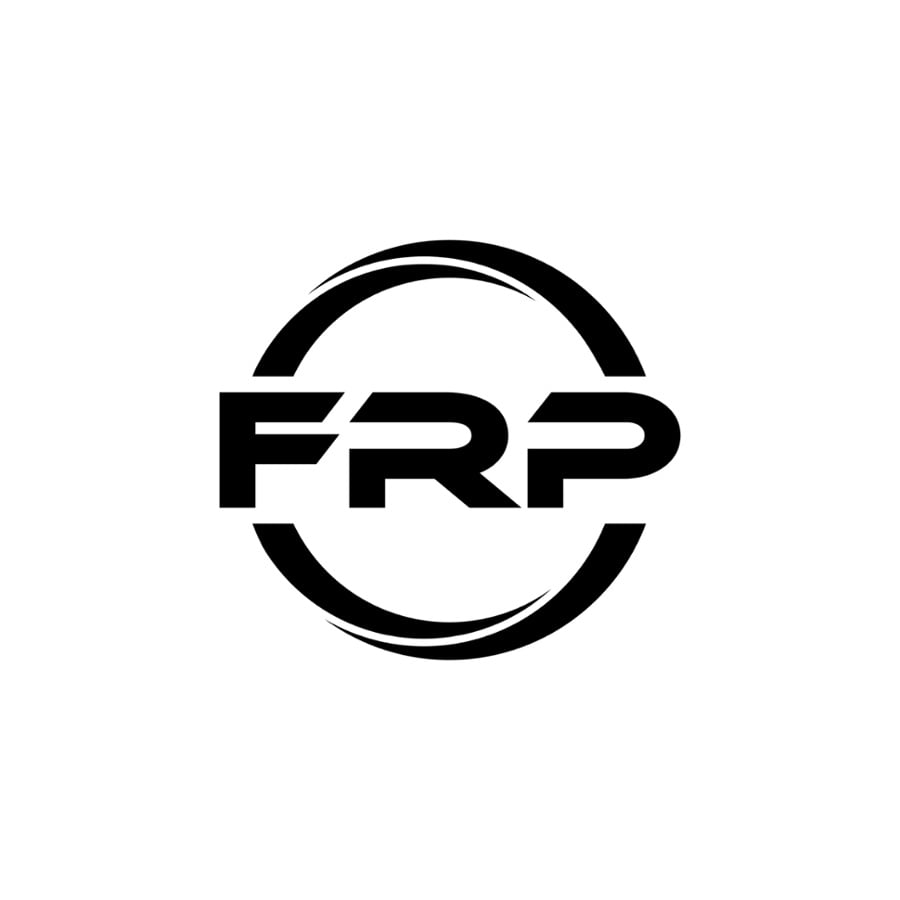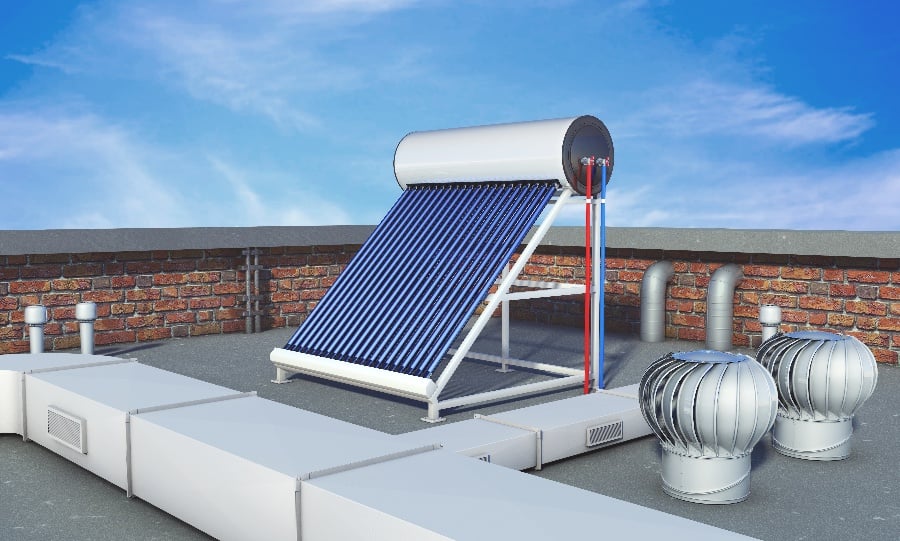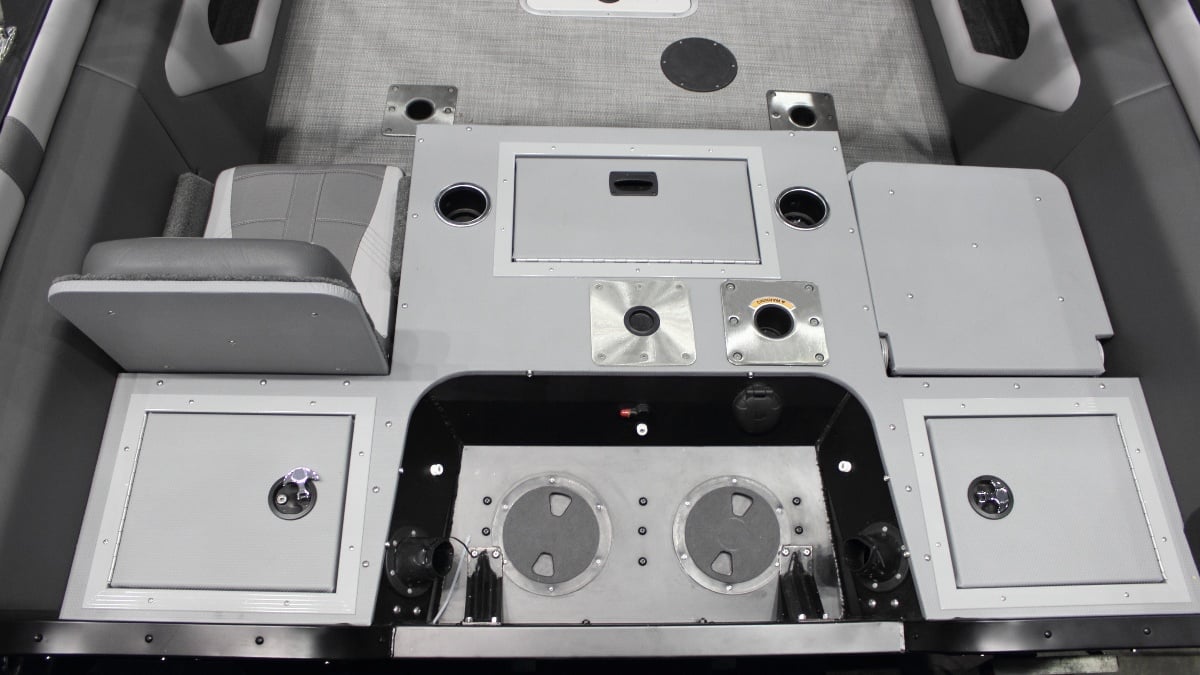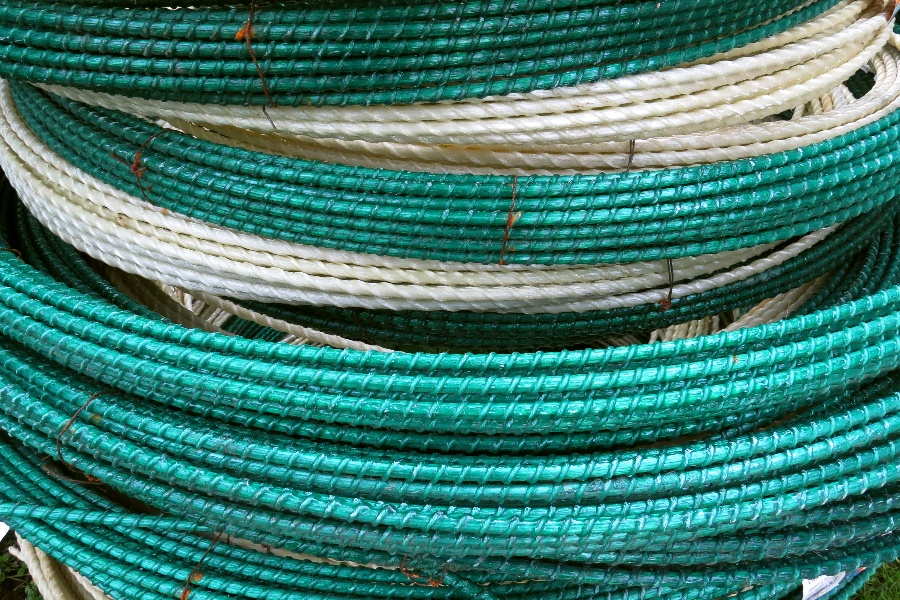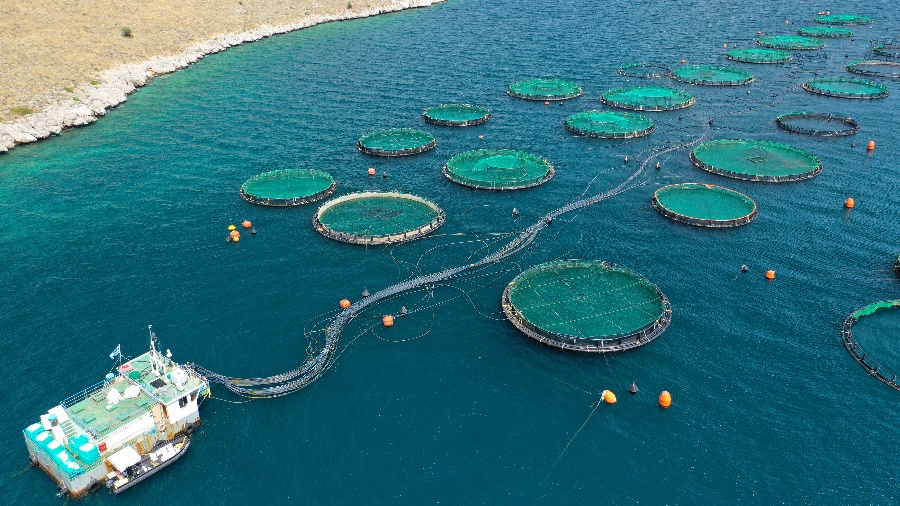
Fish hatcheries play an essential role in maintaining and restoring fish populations for commercial, recreational, and conservation purposes. Constructing a fish hatchery requires careful consideration of various factors, including the materials used in the facility's construction.
Let's discuss fish hatcheries and which materials can be utilized in their design.
The Importance of Fish Hatcheries
Fish hatcheries are responsible for stocking millions of catchable-sized fish into public streams, rivers, and lakes every year. They help to maintain and restore fish populations, provide recreational fishing opportunities, and can even be used to introduce new species into an area. This fact helps to ensure that there is a healthy population of fish in these areas for people to enjoy recreational fishing.
Additionally, hatcheries are essential for restoring endangered or depleted fish populations by breeding and releasing fish into their natural habitats. This is especially significant for species impacted by overfishing, habitat destruction, or pollution.
In addition, hatcheries can be used to introduce new species into an area. This fact can help create more diverse ecosystems and provide more opportunities for recreational fishing. For example, introducing rainbow trout into a lake may attract more anglers who are looking for a different type of fish to catch.
Hatcheries also serve as research facilities for studying fish biology, behavior, and genetics. They offer researchers an opportunity to conduct experiments on breeding, growth, and survival rates, which can inform management decisions and conservation efforts. Designing fish hatcheries is an important part of ensuring their success.
Engineering Fish Hatcheries
The first step in designing a fish hatchery is to determine the size of the facility needed. This will depend on the type of fish being raised, as well as the number of fish that need to be housed. Once this has been determined, engineers must then design a system that can provide adequate water flow and temperature control for the fish. This includes selecting pumps, filters, and other equipment that will ensure optimal conditions for the fish's growth and development.
It is essential to consider the operational and maintenance requirements of the hatchery, including access for staff and maintenance personnel and the need for adequate storage and waste management systems. In addition to providing a suitable environment for the fish, engineers must also consider how to prevent predators from entering the facility. This could include installing fences or nets around the perimeter or using other methods, such as sound deterrents or chemical repellents.
The hatchery design should also take into account the potential risks associated with fish diseases and pathogens and consider measures to mitigate these risks. Finally, engineers must also consider how to feed and care for the fish while they are in captivity. This includes determining what type of food should be provided and how often it should be given, as well as ensuring that there is enough space for each individual fish to move around freely without overcrowding or stress.
Hatchery Material Choice
Choosing the right materials is critical for the success of fish hatchery design and construction. The materials used should be able to withstand the harsh and corrosive aquatic environment and the constant exposure to water and chemicals. Corrosion-resistant materials, such as stainless steel, are commonly used for tanks and piping systems in hatcheries due to their resistance to rust and corrosion.
The New York State Department of Environmental Conservation (DEC) operates 12 fish hatcheries across the state and stocks millions of brook, brown, and rainbow trout into at least 1,200 public streams, rivers, and lakes each year. The DEC utilizes a variety of materials in their hatcheries, such as concrete tanks, plastic liners, wood or metal pipes, and gravel beds.
Other materials like fiberglass and plastic can also be used for tanks and piping, as they are lightweight, durable, and resistant to corrosion. In some cases, concrete may be the preferred material for hatchery construction, especially for larger-scale hatcheries. In selecting materials, it is also essential to consider their environmental impact and ensure that they do not introduce toxins or other harmful substances into the aquatic ecosystem.
The U.S. Fish and Wildlife Service's National Fish Hatchery System works to restore native fish populations through stocking programs that use a variety of materials, including concrete tanks with aeration systems for rearing juvenile fish. Colorado Parks & Wildlife also uses a variety of materials in their hatcheries, such as spawning boxes made from wood or plastic for cutthroat trout and raceways made from concrete or fiberglass for rainbow trout.
Fiberglass Reinforced Plastic for Fish Hatcheries
Fiberglass-reinforced plastic (FRP) is a popular material choice for fish hatcheries due to its unique properties. FRP is a composite material made of glass fibers embedded in a resin matrix. This combination makes it lightweight yet strong, allowing it to be used in many different applications. FRP is also highly resistant to corrosion from saltwater, making it perfect for use in fish hatcheries near the ocean or other bodies of water.
The environmental impact associated with using FRP tanks is minimal because the material does not dissolve into the water or release hazardous chemicals over time. Furthermore, they are designed to last long periods of time if properly maintained–reducing the need for frequent replacements, which could potentially impact the environment in a negative way.
FRP tanks are easy to clean and maintain, providing a hygienic environment for fish. They are also fire retardant, making them safer than other materials such as wood or metal. Additionally, FRP tanks are portable and can be moved around easily if needed. There have been several examples of companies and organizations utilizing FRP to develop effective hatcheries.
Real World Examples
A unit of FRP carp hatchery was installed and operated in Bali Island, Sunderban, West Bengal, during the year 2014-15. The unit consisted of one breeding pool, one hatching pool, one egg/spawn collection tank, and one plastic overhead tank with a capacity of 2000 liters. In July-August of 2015, the hatchery successfully conducted induced breeding of Indian major carps (rohu, Labeo rohita, and catla) and Indian minor carp (bata, Labeo bata), yielding a harvest of 18.5 lakhs spawn.
Hatchery engineers and professionals should consider the advantages of FRP when designing and constructing fish hatcheries to ensure that they are both efficient and environmentally friendly. The use of FRP in fish hatchery construction provides an effective means of promoting sustainable fish populations and supporting ecological conservation, thereby contributing to the growth and stability of local and global economies.
Tencom is a leader in providing comprehensive FRP solutions to companies around the world. Our team of experts has extensive experience and knowledge in the FRP industry, enabling us to provide customized FRP solutions that meet the unique requirements of each project.

